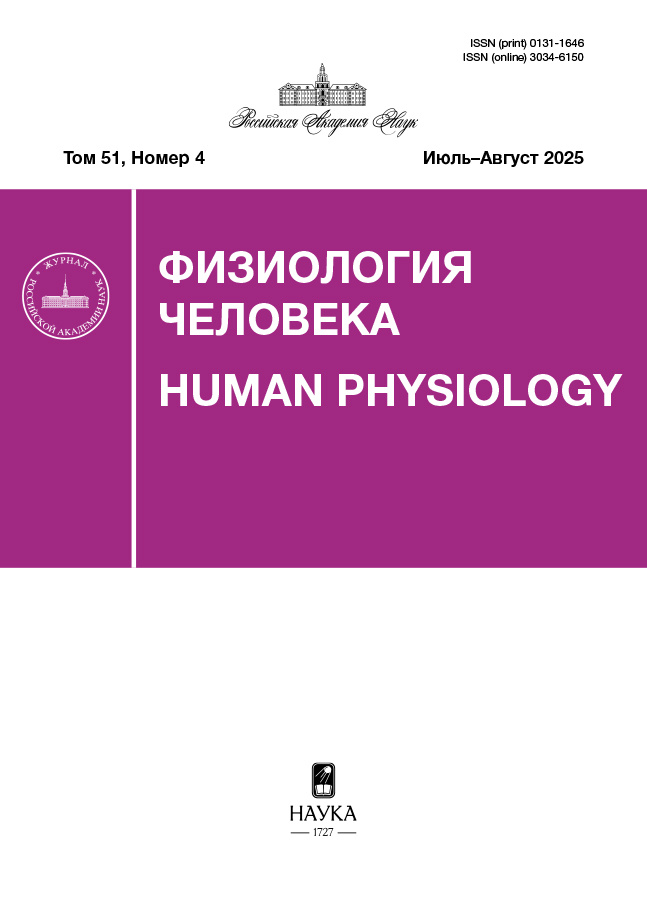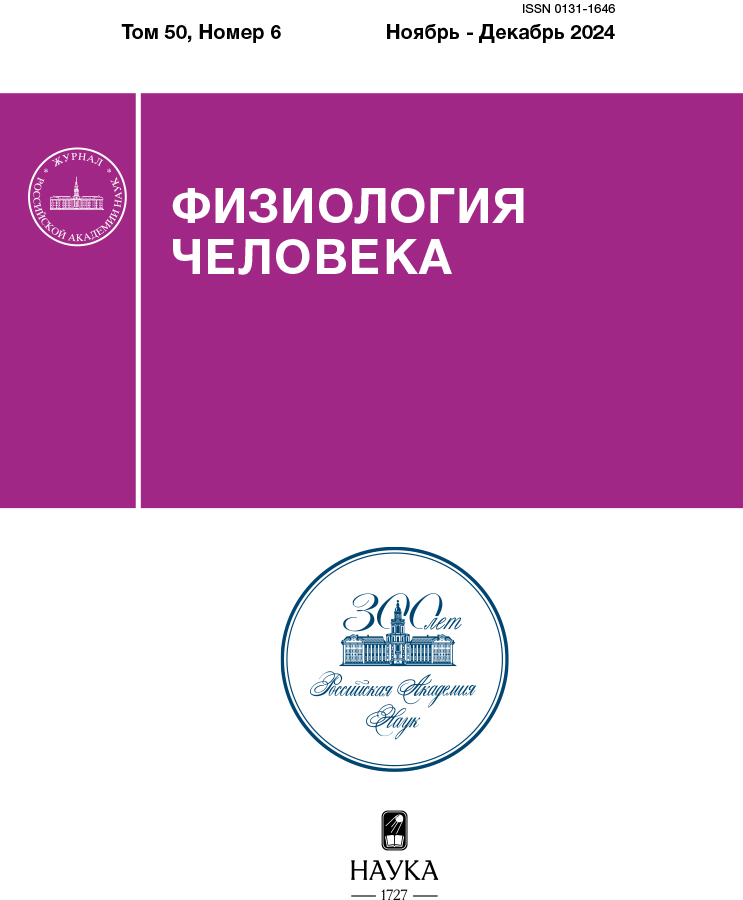Jump Tests after Support Unloading of Various Durations: Maximum Height and Accuracy of Implementation
- Authors: Primachenko G.K.1, Shpakov A.V.1,2, Voronov A.V.2, Sokolov N.N.2
-
Affiliations:
- Institute of Biomedical Problems, RAS
- Federal Science Center of Physical Culture and Sport
- Issue: Vol 50, No 6 (2024)
- Pages: 25-34
- Section: Articles
- URL: https://ruspoj.com/0131-1646/article/view/664075
- DOI: https://doi.org/10.31857/S0131164624060033
- EDN: https://elibrary.ru/AGKDAW
- ID: 664075
Cite item
Abstract
The paper presents results of a study of changes in speed-strength factors of the musculoskeletal system of the human lower extremities and factors of accuracy in performing multi-joint movements after exposure to such models of the physiological effects of microgravity as 21-day head-down bed rest (HDBR) and 7-day dry immersion (DI) with electromyostimulation (EMS) as a preventive measure against muscle atony. Maximum jump height, as well as the accuracy and variability of the jump height to a predetermined height were studied. The results of the study showed that exposure to the microgravity models has a similar effect on the absolute speed-strength parameters of lower extremities muscles and leads to their decrease. At the same time, HDBR and DI have different effects on the accuracy of performing multi-joint movements to a predetermined height. Thus, after HDBR, the accuracy increased, and after DI it decreased or remained at the background level. The mentioned decrease in the accuracy after DI may be a consequence of the use of EMS during DI.
Full Text
About the authors
G. K. Primachenko
Institute of Biomedical Problems, RAS
Author for correspondence.
Email: g.k.primachenko@mail.ru
Russian Federation, Moscow
A. V. Shpakov
Institute of Biomedical Problems, RAS; Federal Science Center of Physical Culture and Sport
Email: g.k.primachenko@mail.ru
Russian Federation, Moscow; Moscow
A. V. Voronov
Federal Science Center of Physical Culture and Sport
Email: g.k.primachenko@mail.ru
Russian Federation, Moscow
N. N. Sokolov
Federal Science Center of Physical Culture and Sport
Email: g.k.primachenko@mail.ru
Russian Federation, Moscow
References
- Bernstein N. The co-ordination and regulation of movements. London: Pergamon Press, 1967. 196 p.
- Vinogradova O.L., Tomilovskaya E.S., Kozlovskaya I.B. [Gravitational factor as a base of the evolutionary adaptation of animal organisms to activities in the earth conditions] // Aviakosm. Ekolog. Med. 2020. V. 54. № 6. P. 5.
- Kozlovskaya I.B. [Gravity and the tonic postural motor system] // Aviakosm. Ekolog. Med. 2017. V. 51. № 3. P. 5.
- Saveko A., Bekreneva M., Ponomarev I. et al. Impact of different ground-based microgravity models on human sensorimotor system // Front. Physiol. 2023. V. 14. P. 1085545.
- Grigor'ev A.I., Kozlovskaya I.B. One-year antiorthostatic hypokinesia (ANOG) – physiological model of interplanetary space flight. Moscow: RAS, 2018. P. 288.
- Pandiarajan M., Hargens A.R. Ground-based analogs for human spaceflight // Front. Physiol. 2020. V. 11. P. 716.
- Bogdanov V.A., Gurfindel V.S., Panfilov V.E. [Human movements under lunar gravity] // Kosm. Biol. Med. 1971. V. 5. № 2. P. 3.
- MacLean M.K., Ferris D.P. Human muscle activity and lower limb biomechanics of overground walking at varying levels of simulated reduced gravity and gait speeds // PLoS One. 2021. V. 16. № 7. P. 253467.
- Cowburn J., Serrancolí G., Pavei G. et al. A novel computational framework for the estimation of internal musculoskeletal loading and muscle adaptation in hypogravity // Front. Physiol. 2024. V. 15. P. 1329765.
- Vico L., Collet P., Guignandon A. et al. Effects of long-term microgravity exposure on cancellous and cortical weight-bearing bones of cosmonauts // Lancet. 2000. V. 355. № 9215. P. 1607.
- Adams G.R., Caiozzo V.J., Baldwin K.M. Skeletal muscle unweighting: spaceflight and ground-based models // J. Appl. Physiol. 2003. V. 95. № 6. P. 2185.
- Capelli C., Antonutto G., Kenfack M.A. et al. Factors determining the time course of VO2(max) decay during bedrest: Implications for VO2(max) limitation // Eur. J. Appl. Physiol. 2006. V. 98. № 2. P. 152.
- Ferretti G., Berg H.E., Minetti A.E. et al. Maximal instantaneous muscular power after prolonged bed rest in humans // J. Appl. Physiol. 2001. V. 90. № 2. P. 431.
- Rittweger J., Felsenberg D., Maganaris C.N., Ferretti J.L. Vertical jump performance after 90 days bed rest with and without flywheel resistive exercise, including a 180 days follow-up // Eur. J. Appl. Physiol. 2007. V. 100. № 4. P. 427.
- Blaber A.P., Goswami N., Bondar R.L., Kassam M.S. Impairment of cerebral blood flow regulation in astronauts with orthostatic intolerance after flight // Stroke. 2011. V. 42. № 7. P. 1844.
- Amirova L.E., Osetskiy N.Y., Shishkin N.V. et al. Comparative study of the lower limb muscle tone under the conditions of five-day support unloading coupled with different regimens of electromyostimulation // Human Physiology. 2020. V. 46. № 4. P. 391.
- Puchkova A.A., Shpakov A.V., Baranov V.M. et al. [General results of the 21-day head-down bedrest study without the use of countermeasures] // Aviakosm. Ekolog. Med. 2023. V. 57. № 4. P. 31.
- Xu J., Turner A., Comfort P. et al. A systematic review of the different calculation methods for measuring jump height during the countermovement and drop jump tests // Sports Med. 2023. V. 53. № 5. P. 1055.
- Hara M., Shibayama A., Takeshita D. et al. A comparison of the mechanical effect of arm swing and countermovement on the lower extremities in vertical jumping // Hum. Mov. Sci. 2008. V. 27. № 4. Р. 636.
- Glatthorn J.F., Gouge S., Nussbaumer S. et al. Validity and reliability of Optojump photoelectric cells for estimating vertical jump height // J. Strength Cond. Res. 2011. V. 25. № 2. P. 556.
- Kirenskaya A.V., Kozlovskaya I.B., Sirota M.G. [Effect of immersion hypokinesia on the characteristics of programmed-type voluntary movements] // Kosm. Biol. Aviakosm. Med. 1985. V. 19. № 6. P. 27.
- Gollnick P.D., Sjödin B., Karlsson J. et al. Human soleus muscle: A comparison of fiber composition and enzyme activities with other leg muscles // Pflugers Arch. 1974. V. 348. № 3. P. 247.
- Kirenskaya A.V., Kozlovskaya I.B., Sirota M.G. Effect of immersion hypokinesia on the characteristics of the rhythmic activity of the motor units of the soleus muscle // Fiziologija Cheloveka. 1986. V. 12. № 4. P. 627.
- Grigor'eva L.S., Kozlovskaja I.B. [Effect of 7-day immersion hypokinesia on the characteristics of precise movements] // Kosm. Biol. Aviakosm. Med. 1985. V. 19. № 4. P. 38.
- Shenkman B.S., Kozlovskaya I.B. [Physiological basis of the low-frequency electromyostimulation, the promising countermeasure against sarcopenia and hypogravityinduced muscle atrophy] // Aviakosm. Ekolog. Med. 2019. V. 53. № 2. P. 21.
- Shenkman B.S. From slow to fast: hypogravity-induced remodeling of muscle fiber myosin phenotype // Acta Naturae. 2016. V. 8. № 4. P. 47.
- Hasson C.J., Caldwell G.E., van Emmerik R.E. Changes in muscle and joint coordination in learning to direct forces // Hum. Mov. Sci. 2008. V. 27. № 4. P. 590.
Supplementary files
















